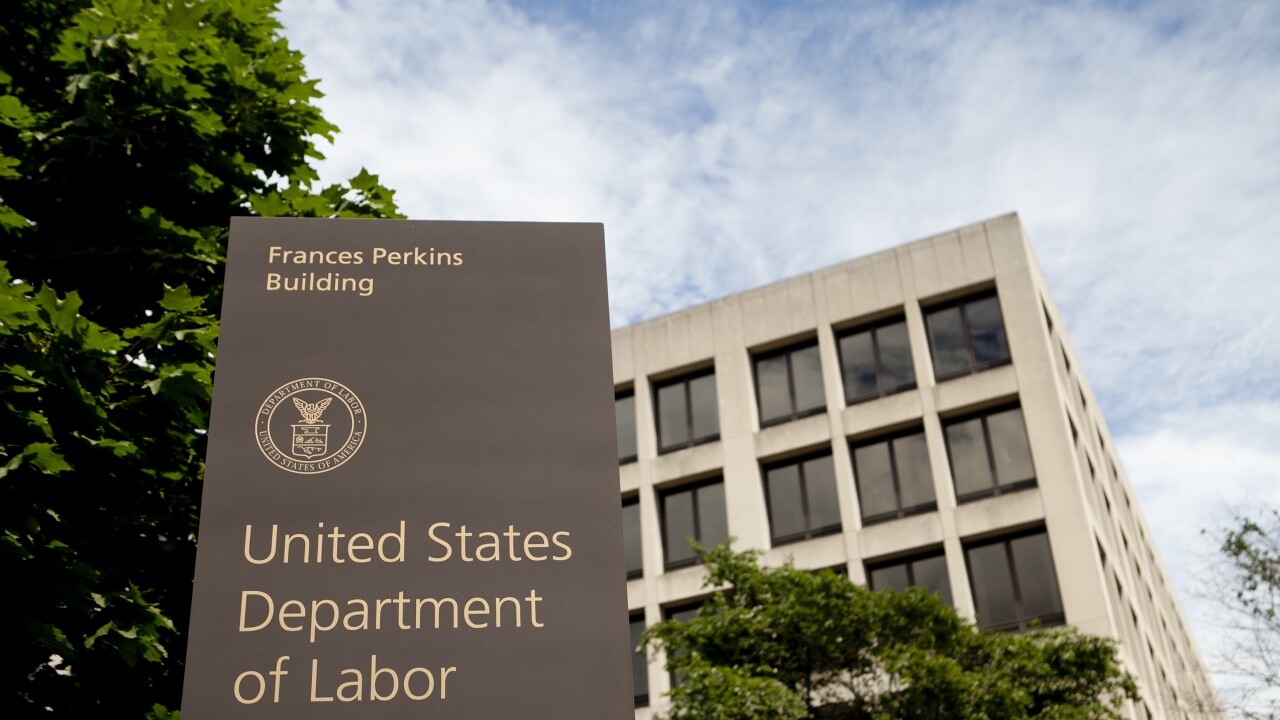Internal Revenue Service Commissioner Doug Shulman described his vision for a next-generation tax compliance system that would allow the IRS to pre-populate a taxpayer’s return with W-2, 1099 and other information reporting forms before a taxpayer files a return.
During a speech Wednesday before the National Press Club, Shulman talked about how the IRS has been evolving in recent years from a “look-back” approach, involving audits that occur years after a tax return has been filed, to a more proactive approach. The IRS has increased its compliance activities that happen up-front, before it finishes processing the returns.
“Most of the innovation has occurred in our unit that analyzes tax returns that claim a substantial tax refund,” he noted. “Our systems sift through millions of returns and billions of data points to identify questionable returns, such as those fraudulently claiming refundable tax credits. Increasingly, we are also consulting other databases to spot inconsistencies on the return. As a result of our efforts, we block billions of dollars of refund claims before they are paid out so that we can verify the accuracy of the claim.”
The next step would be for the IRS to have access to the information reports filed by companies and present taxpayers and preparers with the information before the tax return is filed. Those could include the W-2, along with information returns for mortgage interest, interest and dividend distributions from banks, credit unions, mutual funds and other securities, and K-1 forms. On average, a taxpayer receives 10 to 15 information returns each year, Shulman noted.
“In essence, I believe taxpayers, third parties in the tax system, and the government would be better served if we moved our processes forward and reduced the need for after-the-fact look-backs as a mode of operation,” he said. “The vision is relatively straightforward. The IRS would get all information returns from third parties (W-2s, 1099s, etc) before individual taxpayers filed their returns. Taxpayers or their professional return preparers could then access that information, via the Web, and download it into their returns, using commercial tax software. Taxpayers would then add any self-reported and supplemental information to their returns, and file the returns with us. We would embed this core third-party information into our pre-screening filters, and would immediately reject any return that did not match up with our records. That’s right; we reject the return and ask you to fix it before we process it. We would then have more accurate returns and deal with many more problems up-front. We could shift resources to spend more money getting it right in the first place, and do less back-end auditing.”
Shulman acknowledged that the IRS is nowhere near implementing such a system at this point. The IRS is still in the process of implementing its core customer account database system, known as CADE 2, which has been several years in the making. The new database will enable the IRS to process individual taxpayer accounts on a daily basis, rather than a weekly or bi-weekly basis, allowing taxpayers to receive their refunds faster.
“Even once this is done, we would have a lot of work to do in the technology area,” Shulman noted. “We would need to load and be ready to run matches with all of the W-2 data we receive from the Social Security Administration months sooner than we do so now. We would also have to load all 1099 data in our systems before returns are filed. And, we would need to be able to match in real-time these 1099 and other documents with returns being filed. Again, this is much easier said than done given budget constraints and real production issues we face during our peak filing season between January and April.”
In order to execute a more real-time tax system, Shulman noted that the IRS would also need to push to get information returns, such as 1099s, into the system earlier, requiring a change of behavior on the private sector’s part. Payroll processors and practitioners would need to work with the IRS to move up the traditional February 28 due date for 1099 forms.
Once such a system was in place, the IRS would be able to quickly catch errors such as taxpayers who mistakenly enter the wrong amount of dividends on their return. “A taxpayer would begin the filing process with access to all the information that has been reported to the IRS,” said Shulman. “Any discrepancies that taxpayers see between the information as reported to the IRS, and their own records could be resolved before filing the tax return, when the records are fresh ... and also fresh in their mind. Taxpayers get it right the first time, with no risk of getting a letter about the mismatch later…and no risk of interest and penalties.”
Several other countries already have a similar system in place, and none have reported a drop in compliance. However, Shulman noted that the IRS would still need to perform after-the-fact audits, even with such a system in place.
Shulman referred to the concept as more of a vision than a concrete plan or blueprint, but he said it isn’t too soon to start a dialogue with the business community on how such a system might work. “It’s certainly not too soon to start scoping the technology work that we would need to undertake to help us make the next big leap …a generational leap… in how our tax system fundamentally works,” he said.





